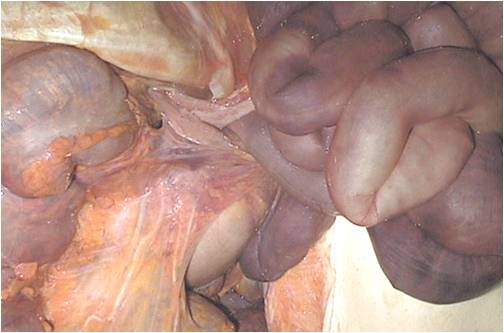Gastrointestinal Disorders in Pediatrics and Adults: Diagnosis and Pathophysiology
- USMLE
- ABIM
- ACGME
2.
You may optionally provide this to label your report, leaderboard, or certificate.
×
Thank you for your feedback!
















